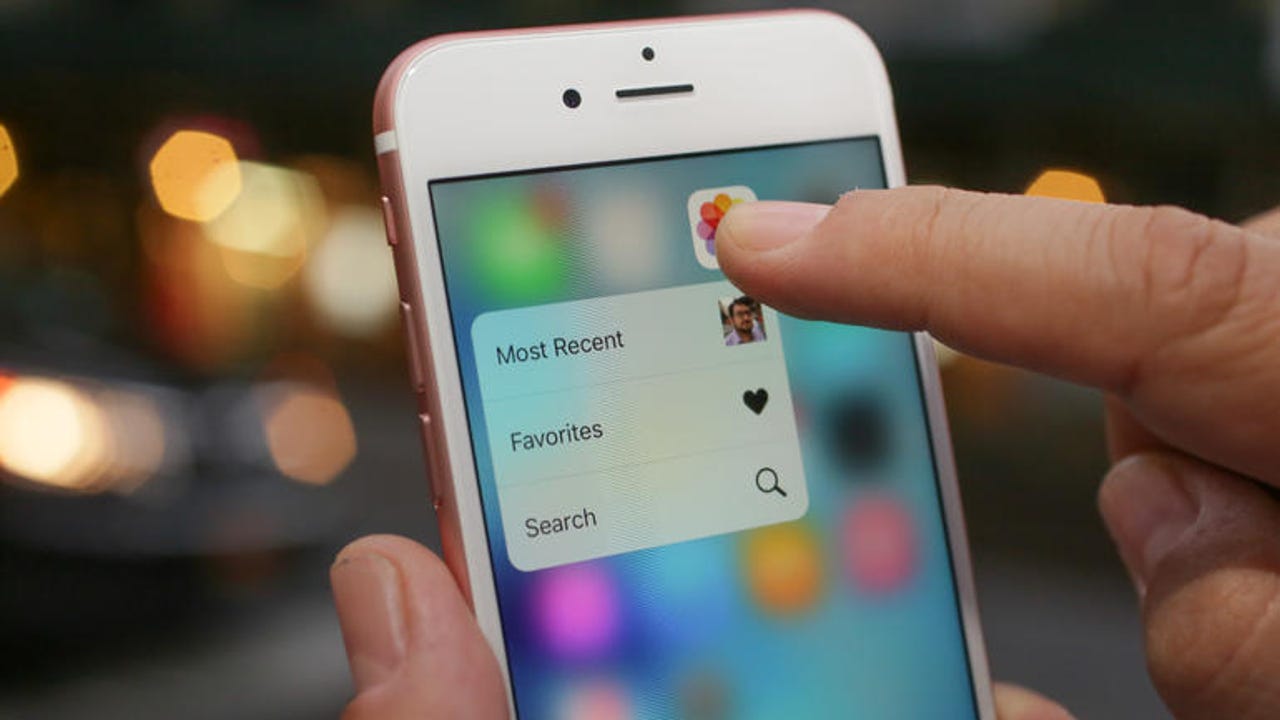Is Apple iPhone's home button about to get directional sensing?

Apple has recently deployed pressure-sensitive 3D Touch technology on the display of the iPhone 6S and 6S Plus.
Apple could be looking to integrate the force-sensitive technology already used on the iPhone's screen into the device's home button.
A new Apple patent outlines how and why it might integrate a force-sensitive layer onto its home button, which on new models also includes its TouchID fingerprint reader.
Apple has recently deployed various pressure-sensitive systems, including what it calls 3D Touch on the display of the iPhone 6S and 6S Plus, and Force Touch with the Apple Watch and the trackpad on the MacBook.
While both systems detect applied force to interact with features and apps, AppleInsider notes that the new patent 'force-sensitive fingerprint sensing input' more closely resembles 3D Touch, since it houses a panel of capacitive sensors within the display, as opposed to the Watch's use of electrodes on the edge of the display.
In Apple's words: "A resistive element having a mechanically resistive force can be disposed to resist the depression or movement of the input device. One or more electrodes can be disposed to provide a measure of capacitance based on the depression of the input device."
"The electronic device can include a fingerprint sensor operably connected to at least one of the one or more electrodes," it adds.
Apple's embodiment of force touch in the home button to detect directional pressure.
Adding force-sensing technology could add a new dimension to its home button.
Apple further notes that in one compass-like embodiment electrodes could be used to measure applied force in a particular direction, which might offer a discrete version of the old rubber 'pointer stick' on ThinkPads.
"The set of electrodes can be disposed in a set of segments arranged around a perimeter of the function button, with the effect that an applied force affects one or more electrodes most when the force is applied in the direction(s) or associated segment(s) of the electrode or electrodes," Apple explains.
"Moreover, a processor determining the applied force can identify a difference between a force applied in one direction and a force applied in another direction, such as an opposite direction."
Given the appearance of force-sensitive technologies appearing in Apple's new iPhones, Watch and the MacBook, this patent appears more likely to arrive in future Apple devices than its recent hover patent for interactions without actually touching a device.
